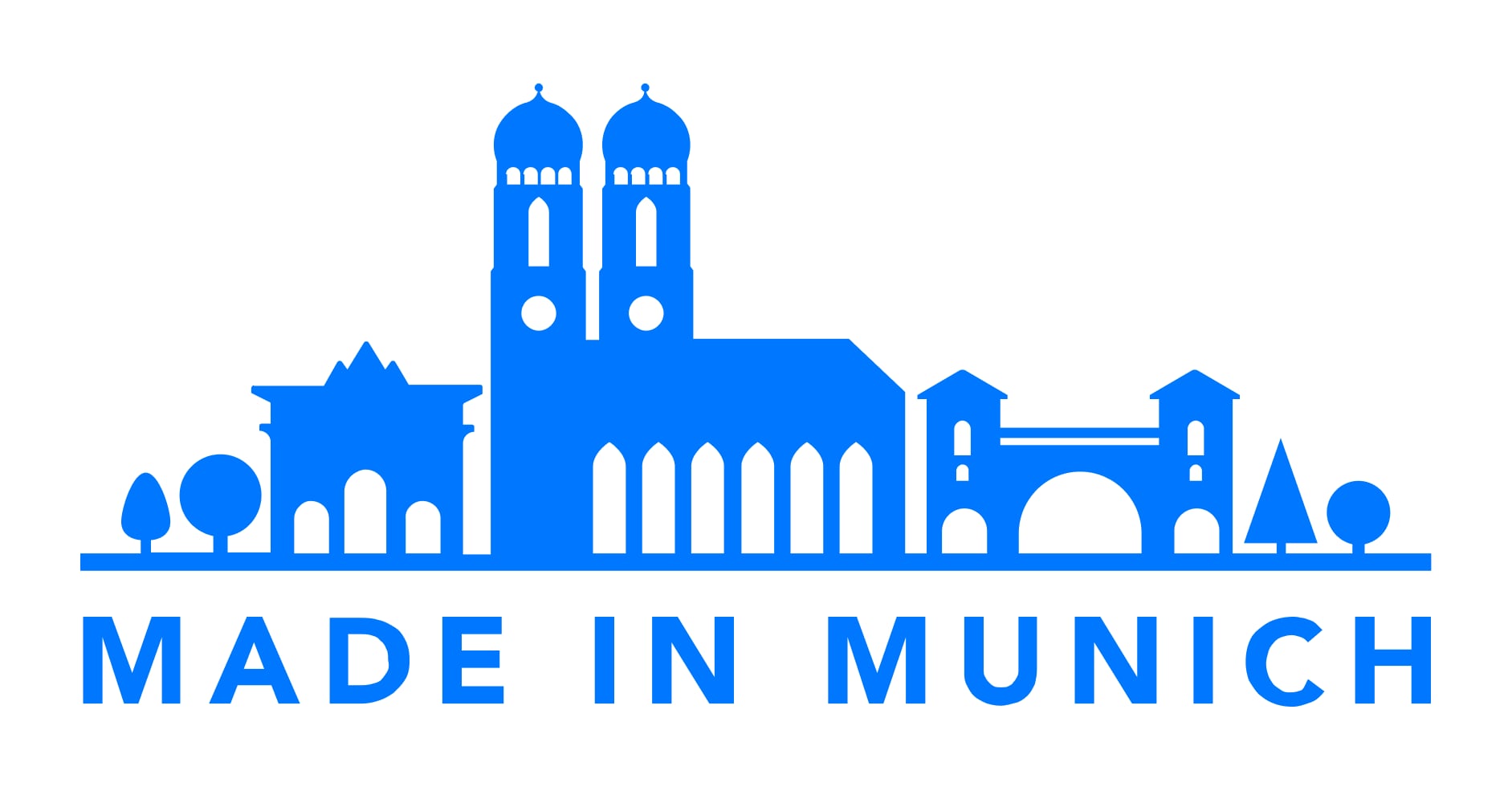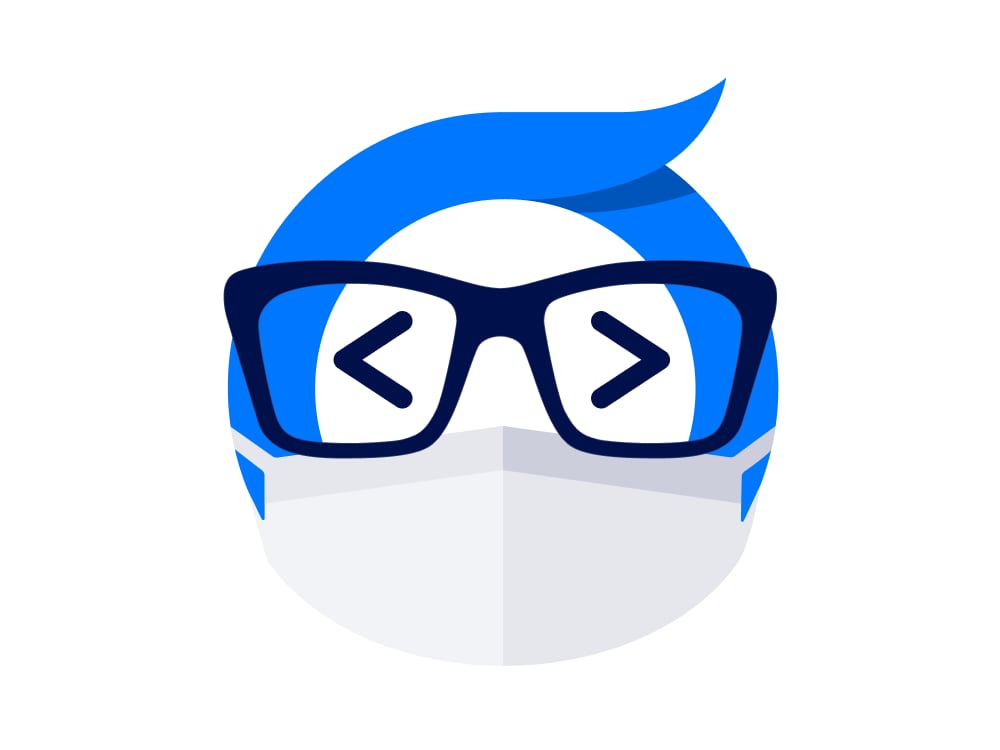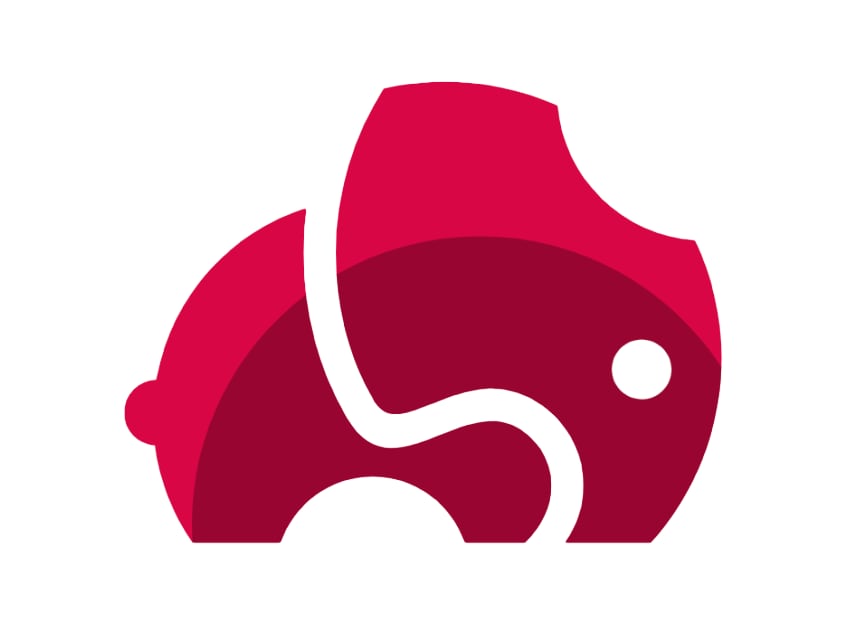Author: Alin Purcaru
-

Recruiting Backend Engineers at ottonova
Here are some words about how the Backend Team goes about finding new team members. We want to do our part and share with the Community, as well as provide a bit more transparency into ottonova and how we are building state-of-the-art software that powers Germany’s first digital health insurance. This article covers what we…
-

Continuing our Hackathon tradition
At ottonova, we have taken the challenge of bringing a slowly moving and mostly antiquated business, the one of health insurance in Germany, into the 21st century. For over three years already we’ve been offering our customers not only competitive insurance tariffs, but also the digital products that go along with them. All this to…
